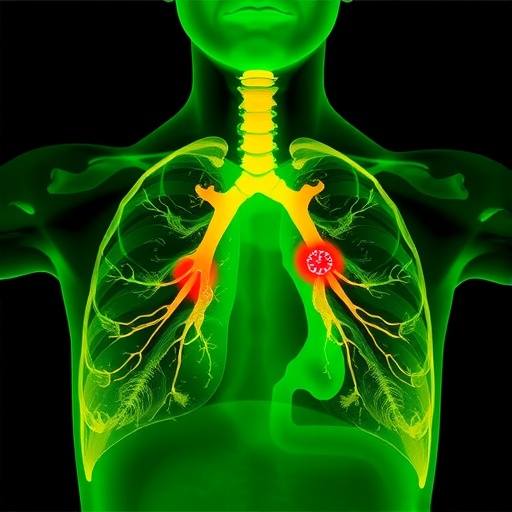Currently, when a deceased human is discovered, the forensic techniques for estimating time elapsed since death is not very precise. However, in a new study appearing in the journal PLOS ONE, researchers have turned to analyzing the human microbiome, the bacteria and other microbes that live on and in our bodies, for clues about the postmortem interval of a cadaver.
A team led by Dr. Nathan H. Lents of the John Jay College of Criminal Justice, City University of New York (CUNY), sampled bacteria from the ear and nasal canals of 21 cadavers through several weeks of decomposition. They then analyzed the bacterial samples using Next-Generation metagenomic DNA sequencing to determine the identity and abundance of all microbes present. With this very large data set, the researchers used a machine learning approach to scrutinize the bacterial communities and how they change over time as the bodies decomposed. Through iterative testing and tweaking of their computational tools, the investigators built a statistical model that predicts the postmortem interval of unknown samples to within 55 accumulated degree-days, or about two days in summertime. This degree of accuracy holds through several weeks of decomposition, a substantial improvement over presently available methods.
"Our approach had the benefit of sampling the same cadavers repeatedly as they decomposed and we think that this really added to the ability of our machine learning approach to see through all of the massive amount of noisy data and detect the underlying patterns," said Dr. Lents. "While we consider this a pilot study, it is a very promising proof-of-concept, and I think that microbiome-based approaches will eventually become the standard method of determining the time since death for bodies that are discovered after some time of decomposition."
"This study takes us a step further [than the human microbiome], and tells us about the necrobiome, the collection of microbes on a dead body," said Dr. Robert DeSalle, Curator of Molecular Systematics at the American Museum of Natural History, who was not affiliated with the CUNY study. "By knowing which microbes take over a dead body and how long it takes, forensic scientists might be able to use this technique to determine time of death or other aspects of a crime scene."
With additional research, this microbiome-based method promises a far more definitive method to establish time since death, which could open and close avenues of investigation in homicide cases, shed light upon possible suspects, and corroborate or disprove alibis.
###
Read the full article at PLOS ONE: http://journals.plos.org/plosone/doi?id=10.1371/journal.pone.0167370
About PLOS ONE
The world's first multidisciplinary Open Access journal, PLOS ONE accepts scientifically rigorous research, regardless of novelty. PLOS ONE's broad scope provides a platform to publish primary research including interdisciplinary and replication studies as well as negative results. The journal's publication criteria are based on high ethical standards and the rigor of the methodology and conclusions reported.
About The City University of New York
The City University of New York is the nation's leading urban public university. Founded in New York City in 1847, the University comprises 24 institutions: 11 senior colleges, seven community colleges, and additional professional schools. The University serves nearly 275,000 degree-credit students and 218,083 adults, continuing and professional education students.
For more information, please contact Shante Booker or visit http://www.cuny.edu/research
Media Contact
Shante Booker
[email protected]
@cunyresearch
############
Story Source: Materials provided by Scienmag




